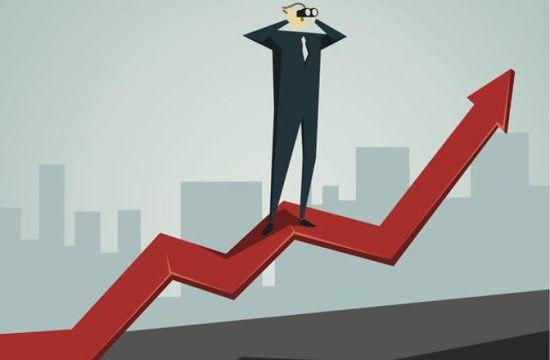
By Balachandran R
Dear investor,
The last couple of months have been truly astounding. From completely ignoring the pandemic (the market was at an all-time high of 42,273 as recently as Jaunary 20), the market went into a panic mode and lost 40% in just two months. Along with your morning sip of coffee, many of you in the past would have savoured the returns in your “SIP†mutual fund portfolio. Having been used to a caffeine high in the last two years, the returns on your investments would now be leaving a bitter taste.
Relax, all is not lost. Having fallen 40% in a short period, the markets went immediately into a “bull phase†recovering 20% from the bottom in a little more than a fortnight. Does it feel like a roller coaster ride? Kicking yourself for not having sold at the top or not bought more when the Sensex hit 25,638 a few days back? You are in good company, with most investors driven by the same cycle of fear and greed.
The pied pipers of Hamelin
What happened to the pied pipers of Hamelin, who enticed you to invest your money in stocks? These mutual fund honchos who were highly sought after by the financial media when the markets were hitting new highs, are not as much in the limelight now. If you manage to corner them on the losses in the funds managed by them, they will point out to their past statements that mutual fund investments are for the long term. So, don’t worry, the markets will recover, is the unsaid prognosis.
Although they are correct, and for the most part the Indian mutual fund industry is run by some very fine professionals, they lack a very important skill, along with the rest of us, the ability to predict the future including pandemics and other crises.
Mutual fund investment is for the long term, is a consistent message from the managers who run them. Herein lies the problem.
Lesson number 1
If you are building a nest egg over the long term, by investing in stocks/mutual funds, with an objective to cash out to meet a lump sum requirement – for example, your daughter’s education abroad or down payment for a new home purchase – do not wait till the eve of the event, to liquidate your holdings. The markets could be at their highs or might have collapsed on account of say, a war, a major terrorist attack or consecutive monsoon failures. Start withdrawing systematically, several months ahead, and park your investment in a safe bank’s deposit.
Lesson number 2
It is human psychology to invest when the markets are going up and withdraw into a shell, when they fall. You will rarely find advisors chasing you when the markets are in turbulent times. Here, despite what our panicky brains tell us, we should pay heed to the market aphorism about “buying when there is blood in the streetsâ€. While it is impossible to identify a bottom, perhaps these are the times to increase your SIP contribution. The last few pandemics apparently had second waves, months after the first. Such a scenario could lead to new lows for the markets, which investors should be prepared for.
Lesson number 3
Investing in the markets, is not for the faint hearted. While it is perfectly understandable to feel elated at the eye-popping returns in your mutual fund portfolio statement during the euphoric phases of the markets, investors need to take the lows too, in their stride. The last few market crashes produced horror stories of investors “losing everythingâ€, when the market mayhem played out over months during the dotcom crash of 2000 and the financial crisis of 2008. This time the crash has taken just a few weeks. Take heart that the indices recovered and hit new highs after every crash, till now.
Lesson now 4
Diversify. That is, have an asset allocation strategy. Your allocation to equity would depend on your risk profile and life cycle stage. Equity investment is not for the risk averse or someone looking for a steady income in their old age. If you have Rs 100 to invest, a part of it should go into fixed income. The government has been munificent in bestowing risk-free returns to its depositors. Until a few weeks back, post office deposits fetched 7.7%, while private sector banks paid a measly 6%. Even now, government taxable bonds pay 7.75% over 7 years, though it’s uncertain if this will continue. Investors should make use of such opportunities.
Lesson number 5
Invest in counter cyclical products like sovereign gold bonds (SGB). Investments would have fetched more than 50% absolute return in less than three years, when equity investments have fallen during this period. As with SIP equity mutual fund investments, build up an SGB portfolio steadily, while being mindful of the fact that gold price is also volatile. Current gold prices at stratospheric highs indicate that investors have missed the bus.
Central banks to the rescue
A cynical view is that central banks are slaves to the financial markets. For example, in the US, the markets build so much expectations of a rate cut and bond purchases. If the central bank doesn’t deliver on it, the market will throw a tantrum and crash. In India, there is a growing clamour that the Reserve Bank of India should print money (of the electronic kind) and lend it to the government for propping up the economy and small businesses and to help the under privileged. What’s good for the economy is good for the market, too. Equity investors can rest assured that central banks almost always have their back!
The writer is a fixed income investor and erstwhile corporate banker.







